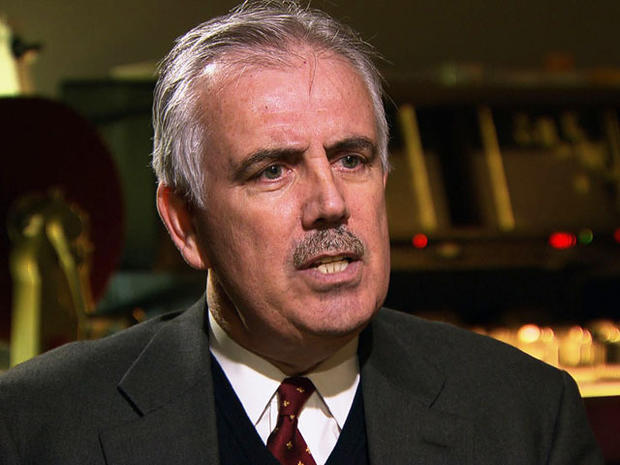Library of Congress works to save priceless recordings
(CBS News) CULPEPER, Va. -- Cameras and microphones are virtually everywhere these days, and it seems just about everything that happens is preserved forever on the internet.
Of course, it wasn't always that way. The Library of Congress has just reported that 80 percent of motion pictures filmed before 1930 -- and countless audio recordings from that era -- are gone. But the library has a plan to stop this bleeding of priceless history.
A 1936 Louis Armstrong recording is an artifact nearly lost to time. It's a nickel-plated disc widely used to record sound in the first half of the 20th century.
"It's the equivalent to an original camera negative for a motion picture," says Patrick Loughney, who is leading the effort to save these cultural relics for the Library of Congress.
"What goes on here is the archaeology of American popular audio-visual history," Loughney says.
When you think of the Library of Congress, you think of old documents and typewriter-smudged papers. Not here.
"It's quite remarkable that the library, very early on, got into the acquisition of sound recordings and then radio programs," Loughney says. "They were considered a cultural record."
Library of Congress unveils plan to save historic recordings
Library of Congress shows diaries from Civil War
Library of Congress announces the "Books That Shaped America"
Cylinders invented by Thomas Edison in the 1800s were recently donated by a private collector. They are the first known devices to record sound.
"It was literally beeswax, so it could melt if you heated it up too high or dropped it would break," says Loughney.
One recording, now digitally restored, is an 1896 campaign song for William McKinley.
Watch: Library of Congress sports interviews go beyond wins and losses, below.
The library has 90 miles of shelves at its 45-acre conservation campus in Culpeper, Va. Here, specialists are preserving more than a million motion pictures, including an 1894 film called "Annabel Butterfly." It's one of the oldest known films ever restored -- each frame was originally colored by hand.
Technicians have digitized thousands of TV shows, including the only appearance of The Doors on "The Ed Sullivan Show." They've even restored color to a 1975 blues documentary.
"There is a growing amnesia about America past," Loughney says. "Our job is to try and bolster that American memory, try to save it for future generations who might find value in what we're preserving."
A mission to re-record America's cultural past and preserve it for a digital future.

